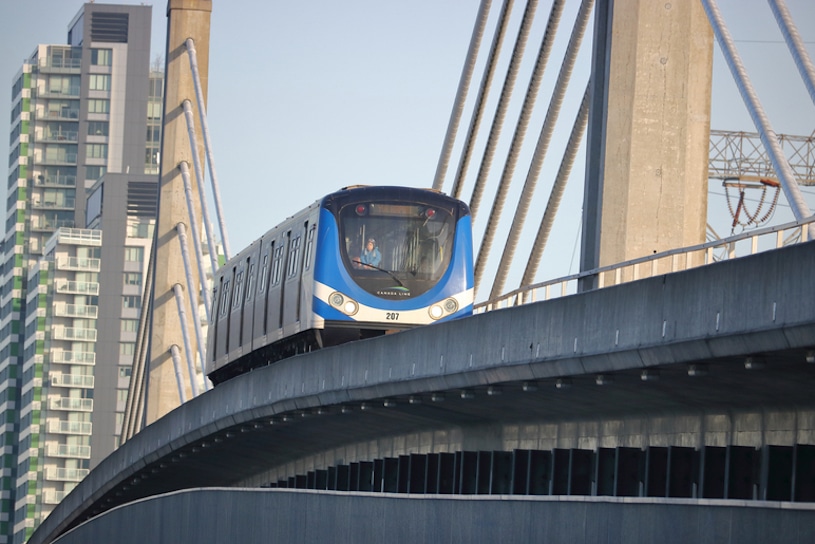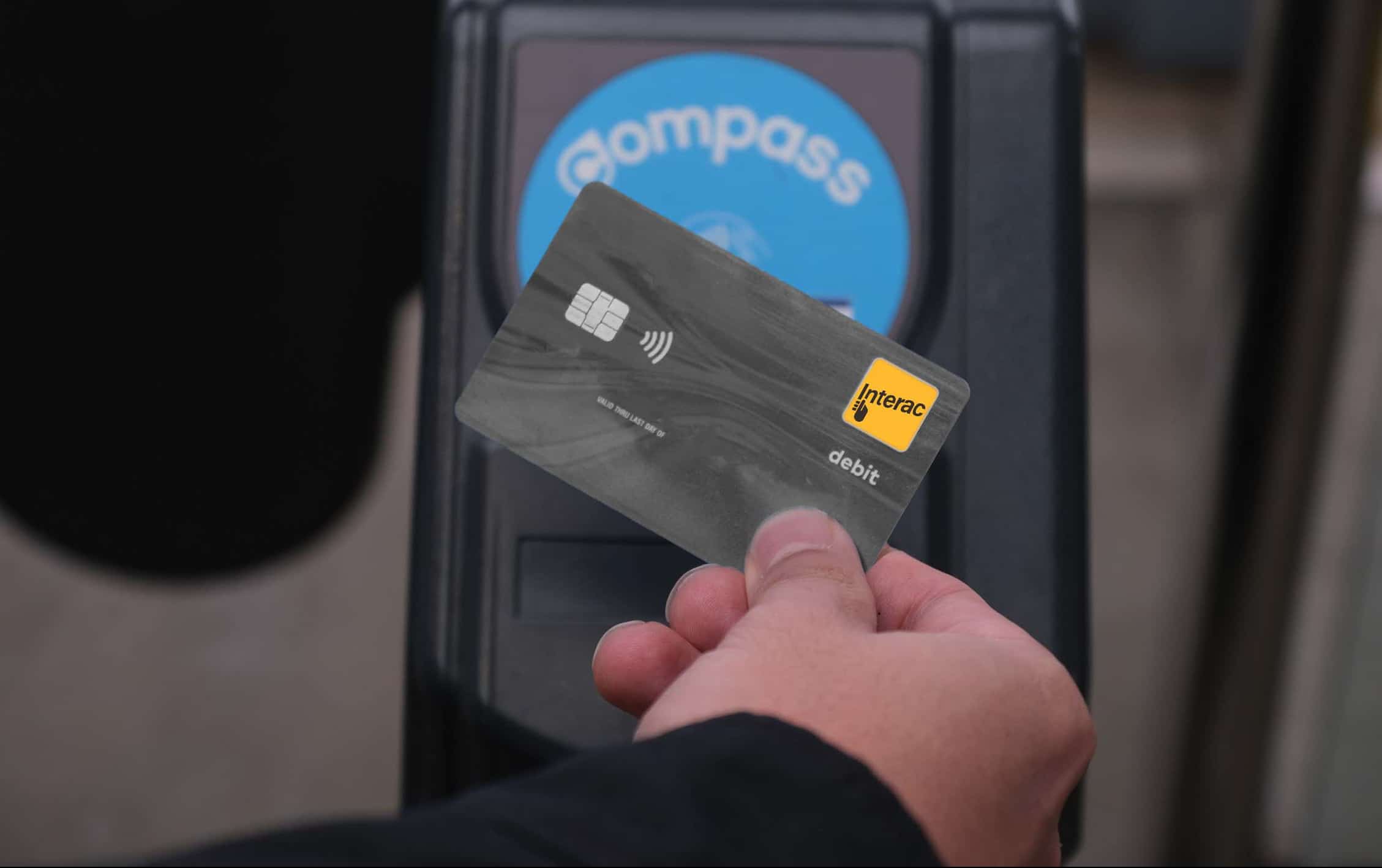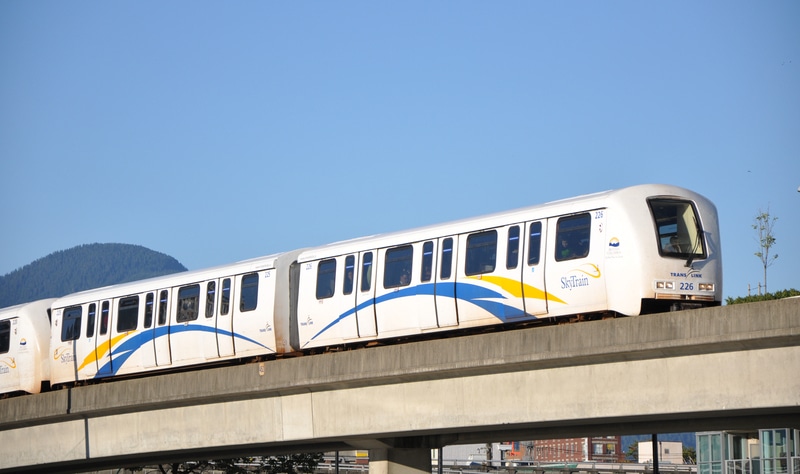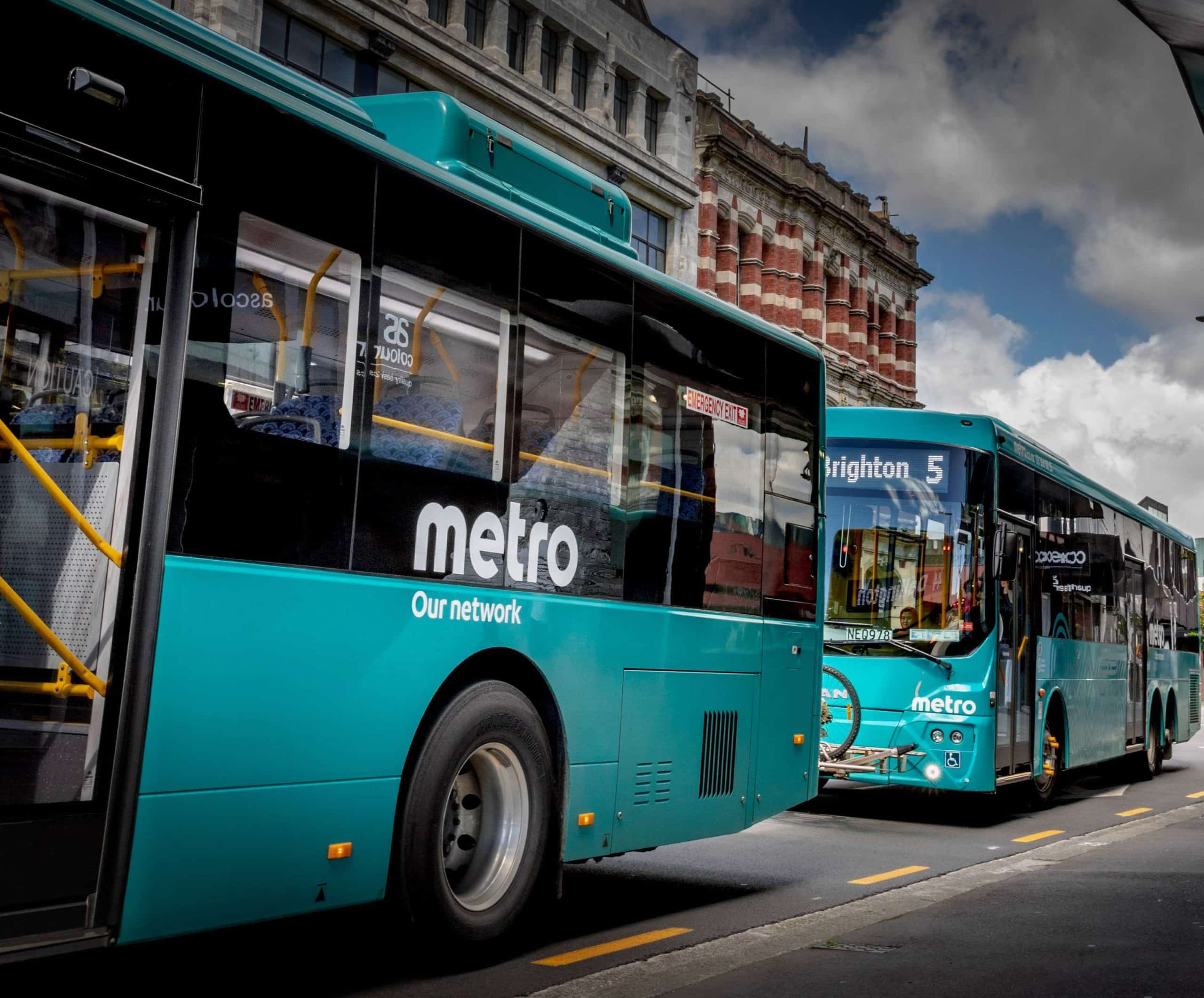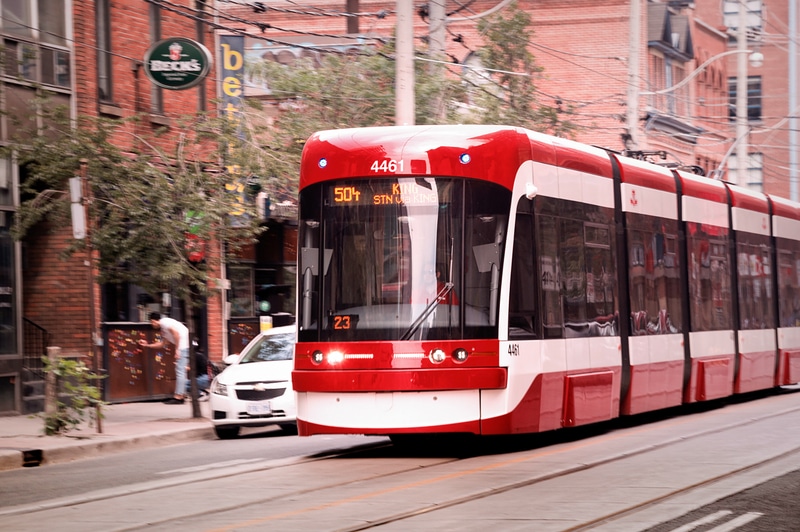
Article Highlights
Canadian transit agencies are lagging behind other countries, especially those in Europe, in supporting open-loop payments. There are signs that this will change, but it could take several years. One advantage is that bank card fees are relatively low in Canada, especially for debit payments.
Table: Debit card fees-U.S. vs. Canada
• Moneris
• TransLink (Vancouver)
• STL (Laval)
• Metrolinx (Toronto)
• TTC (Toronto)
• STM (Montréal)
• Lethbridge Transit
When it comes to open-loop payments, Canada has been lagging behind, acknowledges Pasquale Pizzi, senior vice president for Moneris, a major processor and acquirer in the country.







